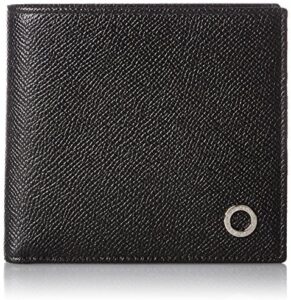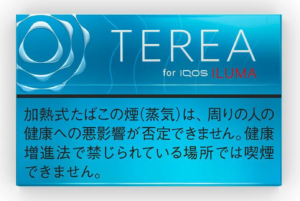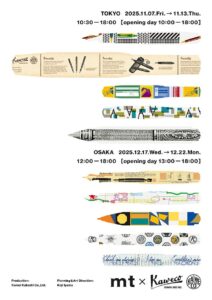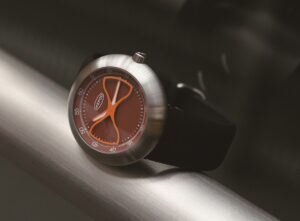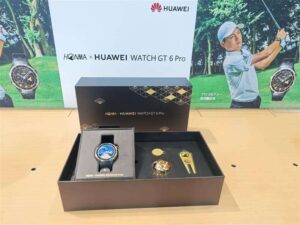From the fountain pen “Safari” in Lamy, Germany, “Lamy Safari White Red Clip Fountain Pen Kanji Nib” suitable for writing Chinese characters has been released for a limited time. The enthusiasts reacted sensitively and decided to increase the production of about 1000 bottles in a hurry. I examined the writing taste to see what is the difference from the normal model.
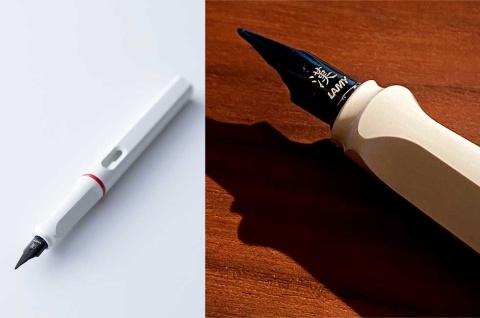
“Lamy Safari White Red Clip Fountain Pen Nib” specializing in Chinese character writing is a hit.The character “Kan” is engraved on the pen tip
Since its launch in 1980, the German writing instrument brand Lamy’s fountain pen “Safari” has become a global bestseller due to its ease of use and high design that breaks the image of conventional fountain pens. Even now, it releases limited-edition colors every year, attracting users across generations as well as the student group that was the original target.
The new product of the safari is “Lamy Safari White Red Clip Fountain Pen Kanji Nib” (hereinafter referred to as “Kanji Nib”) for 6600 yen (tax included). A special model suitable for writing Chinese characters, released in limited quantities. In the pre-sale held in May 2022, it became popular to sell out 400 bottles in about 5 days. It is scheduled to go on sale nationwide in August 2010, but it has decided to increase production by about 1,000 in a hurry due to its popularity beyond imagination.
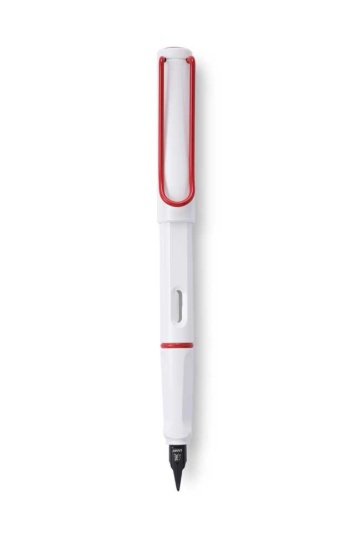
Lamy’s “Lamy Safari White Red Clip Fountain Pen Kanji Nib”
Kanji nibs are purchased by fans who regularly use Lamy. The reason why it is supported is “In addition to the unusualness that Western brands pick up Chinese characters, which are Oriental characters, I want to write more beautiful characters with a pen, and I think that I can write Japanese more beautifully than conventional products. It may have tickled the quest, “says Yoshimi Matsuda of DKSH Market Expansion Service Japan, who is in charge of marketing Rummy in Japan.
The reason for launching in Japan is that “Kanji-speaking countries are regarded as the second most important market after German-speaking countries for the Ramie headquarters” (Matsuda). Originally, Ramie gained popularity in Germany and its neighboring Austria and Switzerland, followed by Japanese and Chinese Chinese characters. We aimed to expand a new market there.
▼ Related article Pilot’s Litive A “real” fountain pen in the 2000 yen range that appeals to adults Pentel’s silent ballpoint pen Captures 80% of people who are worried about knocking sounds The secret of the ease of writing kanji is in the pen tip and its structure
The biggest feature of Kanji Nib is the adoption of a new nib (pen tip) that specializes in the ease of writing Kanji. The nib is said to have a great effect on writing comfort depending on the material and shape, and is one of the important parts of a fountain pen. Compared to conventional nibs, Kanji nibs have a slender nib and are highly flexible. Since the pen tip changes easily according to the pen pressure, the structure is such that it is easy to express the splashes and halves of Chinese characters.
The spherical nib (the small sphere on the tip of the nib) is another thing. The pen point of the Chinese character nib is polished in a V shape by a craftsman, and the way the paper touches the tip changes depending on the angle at which the pen is held. As a result, the thickness of the line changes depending on the writing direction.
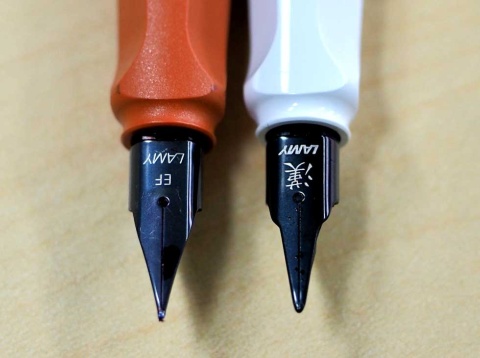
I put it side by side with the traditional “Lamy Safari” nibs. Compared to the conventional one (left), the Chinese character nib (right) is shaped like a scoop toward the tip.This gouge gives the pen tip flexibility and at the same time makes the writing part easier to see.
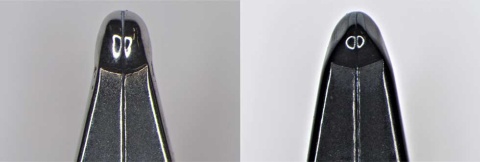
An enlarged photo of the pen point of the nib of the conventional safari “F (fine print)”. The pen point is almost spherical (left). On the right is an enlarged photo of the pen point of the Chinese character nib.This difference in shape changes the character width depending on the writing direction.
The axis of the pen is a red clip on the white axis, which has been limited to about 3 times so far (details are slightly different each time). It is a popular design as a color reminiscent of Japan. PVC (polyvinyl chloride resin) processing is applied to the steel material so that the black shining Chinese character nib shines. The nibs are engraved with the traditional Chinese character “Kan”, which is rarely used in China today. It pays homage to the long-established handwriting culture and uses traditional typefaces that have been used for a long time.
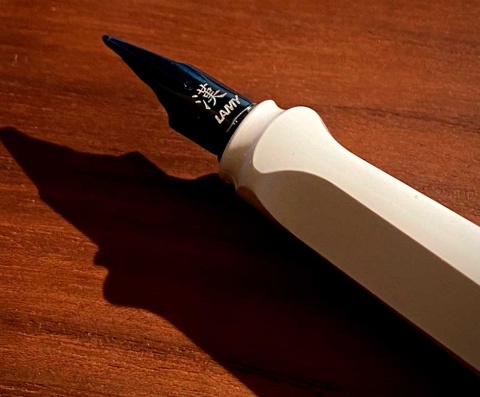
The Chinese character nib is engraved with the characters “Kan” on the PVC processing that glows black.The contrast with the white axis is also beautiful
In fact, how was the writing comfort of Chinese characters?
Since the parts of the main body are the same as the conventional safari, it can be said that the difference in writing taste comes from the Chinese character nib. When you actually try it, the characters are so easy to write that even beginners can easily understand it. The movement to the next line is very smooth because the pen tip does not get caught even when moving from right to left or from bottom to top, such as splashes and halves. Since the line width changes according to the pen pressure (but be careful not to apply too much pen pressure), various expressions will be possible even with the same Chinese characters.
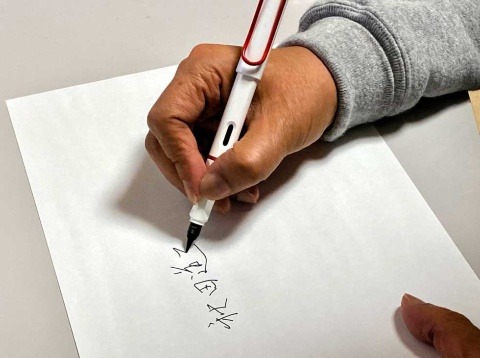
When I asked product designer Michio Akita to write a trial, he commented, “I want this. I feel that the characters have become beautiful.”
A product using Chinese character nibs was invented by a Chinese distributor in 2009 and commercialized at the German headquarters. After that, it has spread to Taiwan, Hong Kong, Japan, Thailand, which is not a Chinese character area, and the United States. The Chinese character nib is called “Cursive nib” in the global market. In other words, with “cursive nib”, this ease of writing and the uniquely designed nib correspond to a wide range of characters.
“I’m a little surprised to hear a lot of feedback and inquiries on SNS (exchange site). I would like to continue to consider other products that use Chinese character nibs,” says Matsuda. Above all, I am glad that the number of options for “a fountain pen that is easy to write in Japanese” has increased, which is different from that of domestic manufacturers, and that it was very excellent.
Continued: The secret of the ease of writing Chinese characters in the pen tip and its structure










